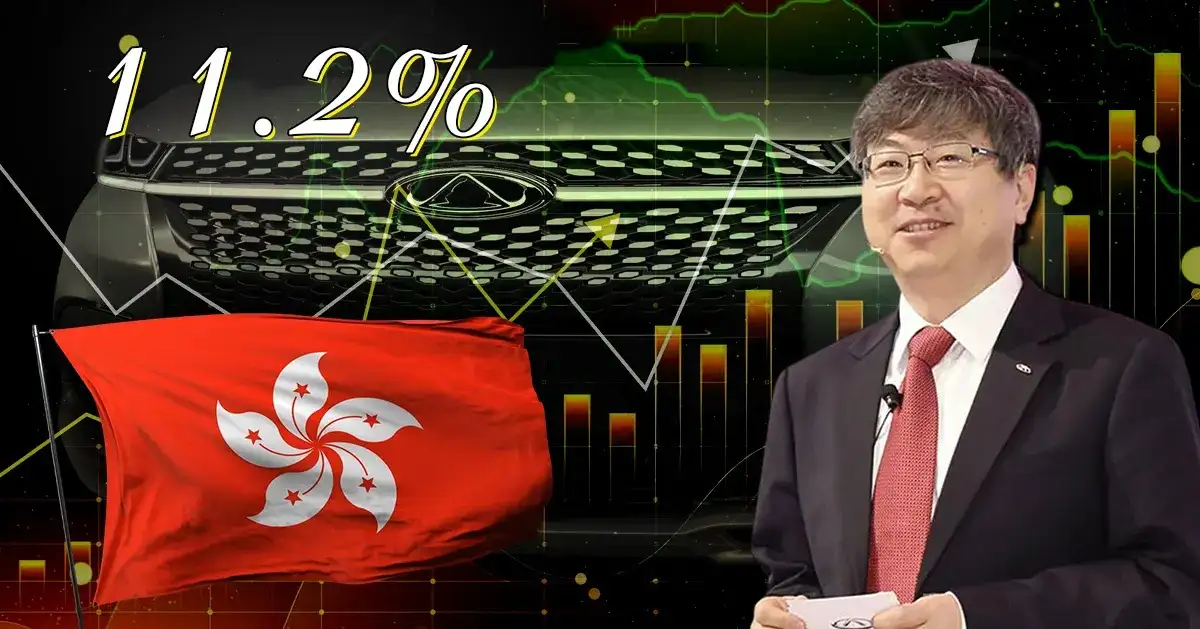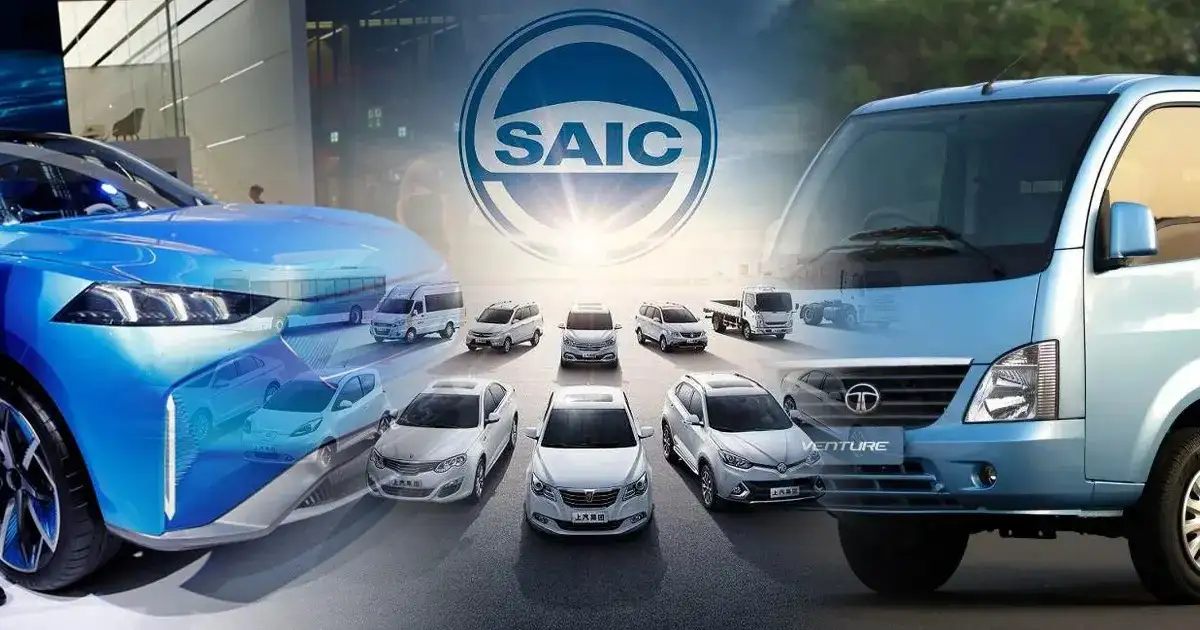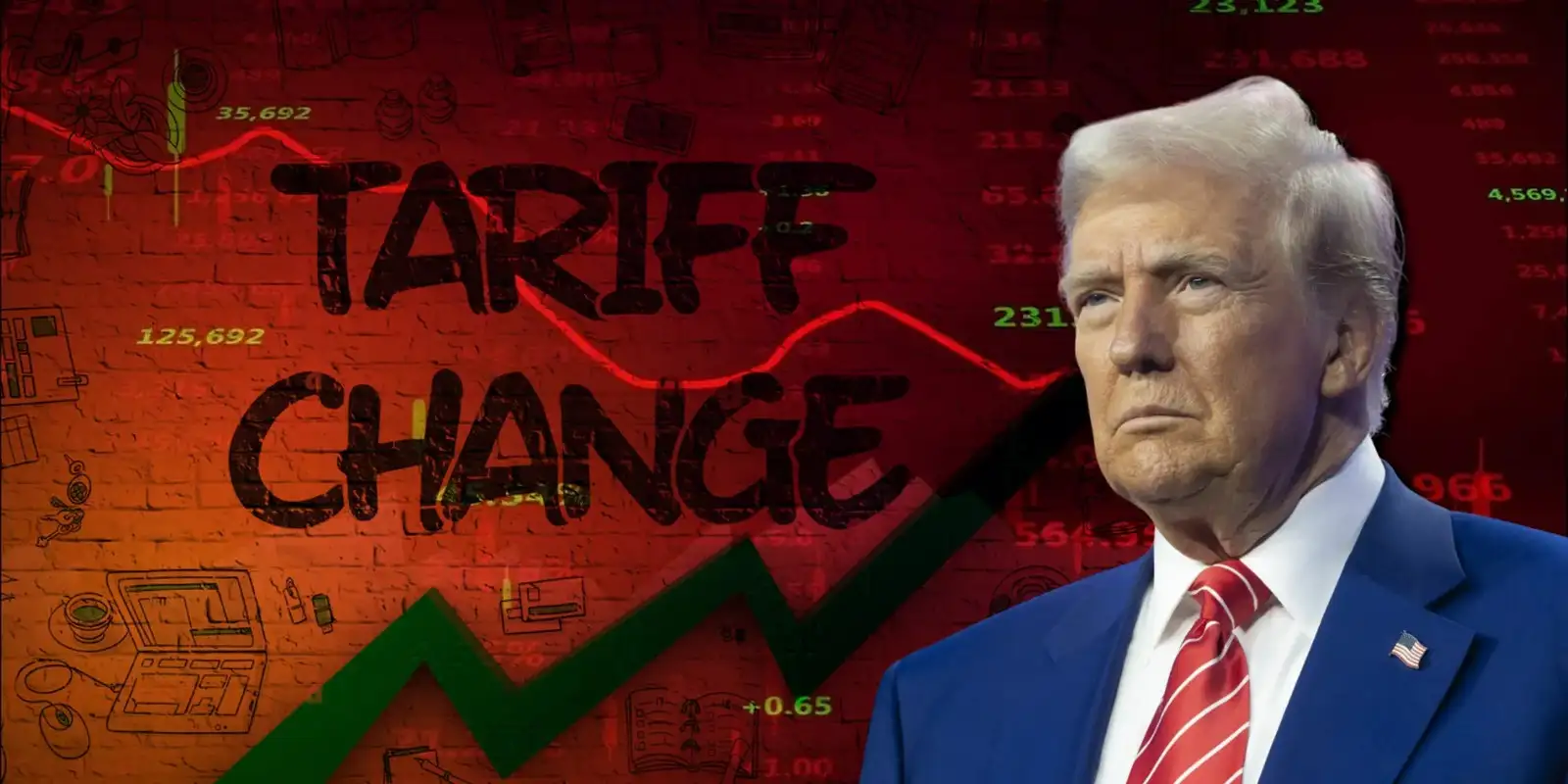China’s Chery Automobile shares surge in Hong Kong after $1.2 billion IPO
Chery Automobile’s stock rose 11.2% on its first day of trading on the Hong Kong Stock Exchange, and the company raised HK$9.15 billion (US$1.2 billion) through its initial public offering. This was the second-largest IPO in Hong Kong in 2025. The shares opened at HK$34.20, which was above the offer price of HK$30.75, the top of the expected range.
Chery sold 297.4 million shares, and it retained an option to issue 44.61 million more if demand continues. The institutional tranche was oversubscribed 11.6 times, while the retail portion was covered 308 times. Before trading started, all the major investors committed US$587 million. Although analyzing these stats, it’s clear that demand is strong, but it also shows how hungry the market is for scale.
Market position and transformation pressure
Chery is China’s second-largest carmaker by volume, and it has been the top independent passenger car exporter for 22 consecutive years.
In 2024, the company sold around 1.88 million vehicles and got a 52.6% YOY increase. The company also exported 937,148 units. This export was nearly half of its total sales in 2024.
Analyzing these statistics, there is no doubt left regarding Cherry’s strength in volume and reach; however, to be a leader in the electric sector, Chery still has a lot to do. It has to reduce its heavy reliance on gasoline-powered models.
Its electric vehicle offerings are limited and somewhat outdated. In contrast, the market is flooded with BYD and Nio-like competitors that are launching more advanced and diverse varieties of electric lineups.
Technology gap and funding urgency
So, instead of using IPO money for global expansion, Chery is going to use it to catch up technologically and compete with EV giants.
According to its prospectus, “35% of the IPO proceeds will be used for research and development on passenger vehicles of different models and to further expand its product portfolio. A further 25% would be spent on developing its next-generation vehicle in the next three years.”
This allocation confirms that Chery is utilizing capital to close a technology gap, as it must do so quickly to remain competitive.
Global expansion and financial strategy
Chery has launched new brands to support its global push. Omoda entered the UK market in August 2024, and Jaecoo followed in January 2025.
The company plans to introduce two new Sport Utility Vehicles in the UK market before the end of this year. Cherry also announced some other projects, including an $800 million factory in Vietnam. This factory is scheduled to be completed by the start of 2026.
These moves demonstrate the company is shifting its focus toward Southeast Asia and Europe in response to saturation in the Chinese local market.
IPO structure, financial performance, and market signals
Chinese banks led the IPO, and no Western banks participated. China International Capital Corporation, Huatai Securities, GF Securities, and Citic Securities managed the deal.
This signals a shift in how Chinese firms raise capital, reflecting the growing financial decoupling between China and the West.
Chery’s net profit and revenue may not be sustainable without technological advancements. The company is aware of all relevant risks and has acknowledged them in its filings. Chery cites trade tensions and rising competition as real and growing risks.
Hong Kong’s IPO market is recovering. Zijin Gold International is raising US$3.2 billion, while CATL raised US$4.6 billion earlier this year. Chery’s listing adds momentum, but it also increases pressure. It sets expectations that must be met quickly.
Chery’s IPO Is A Strategic Reset
The company is using capital to compress time, so it must deliver next-generation vehicles within a three-year timeframe. It must expand its EV lineup and prove its relevance in mature markets. The IPO gives it resources, yet it does not guarantee results.
Chery’s listing ends a 21-year wait, but it also marks the beginning of a three-year countdown. Investors have bought into the promise, and the company must now deliver the product.






